Shop by Category
Brake components
5 products
Showing 1 - 5 of 5 products
Understanding Brake Components: Ensuring Safe Stopping for Your Car
When it comes to vehicle safety, the braking system is undoubtedly one of the most critical components. A well-maintained brake system ensures that you can stop your car effectively and safely, preventing accidents and potential hazards on the road. In this article, we will explore the key brake components that work together to deliver reliable stopping power, and why their proper maintenance is essential for every car owner.Brake Pads
Brake pads are the primary components responsible for creating the friction necessary to stop your car. They are situated inside the brake calipers and press against the brake rotors when you apply the brakes. Brake pads are typically made from a combination of materials, including organic compounds, semi-metallic materials, or ceramic compounds, each offering different advantages in terms of performance, noise level, and longevity.Brake Rotors (Discs)
Brake rotors, commonly known as brake discs, are flat, circular metal discs attached to the wheel hubs. When the brake pads press against the rotors, the resulting friction generates heat, which slows down and eventually stops the vehicle. There are two main types of brake rotors: solid rotors (used in most standard vehicles) and vented rotors (found in high-performance or heavy-duty applications). Regular inspections and resurfacing, if required, are essential to maintain the effectiveness of the brake rotors.Brake Calipers
Brake calipers house the brake pads and play a crucial role in bringing them into contact with the brake rotors. They are activated by the hydraulic pressure created when you press the brake pedal. Calipers come in various designs, such as floating calipers (single-piston) and fixed calipers (multi-piston). High-performance vehicles often employ multi-piston calipers to enhance braking performance and reduce brake fade under heavy use.Brake Lines and Hoses
The brake lines and hoses carry the brake fluid from the master cylinder to the brake calipers. Brake lines are typically made of steel, while hoses are flexible and composed of reinforced rubber. It is essential to inspect these components regularly for signs of wear, leaks, or corrosion. Damaged brake lines or hoses can lead to brake failure and must be replaced immediately.Brake Master Cylinder
The brake master cylinder is a hydraulic pump responsible for converting the force applied to the brake pedal into hydraulic pressure. When you press the brake pedal, it pushes a piston inside the master cylinder, forcing brake fluid through the lines and into the brake calipers, initiating the braking process. A malfunctioning master cylinder can result in spongy brakes or a loss of braking power.Brake Fluid
Brake fluid is a specialized hydraulic fluid that transfers the force from the master cylinder to the brake calipers. It operates under high temperatures and pressures, making it crucial to use the right type of brake fluid recommended by the vehicle manufacturer. Over time, brake fluid can absorb moisture, leading to a decrease in its effectiveness. Regular brake fluid flushes help maintain brake performance and prevent damage to other brake components.Understanding the various brake components in your car is essential for ensuring safe and reliable braking performance. Regular maintenance, inspections, and timely replacement of worn-out parts are crucial to keep your brake system functioning optimally. Remember, a well-maintained brake system not only ensures your safety but also contributes to the overall longevity and performance of your vehicle. If you're ever uncertain about the condition of your car's brakes, consult a qualified mechanic for a thorough inspection and necessary repairs. Safe driving starts with well-maintained brakes!
Showing 1 - 5 of 5 products
Display
View
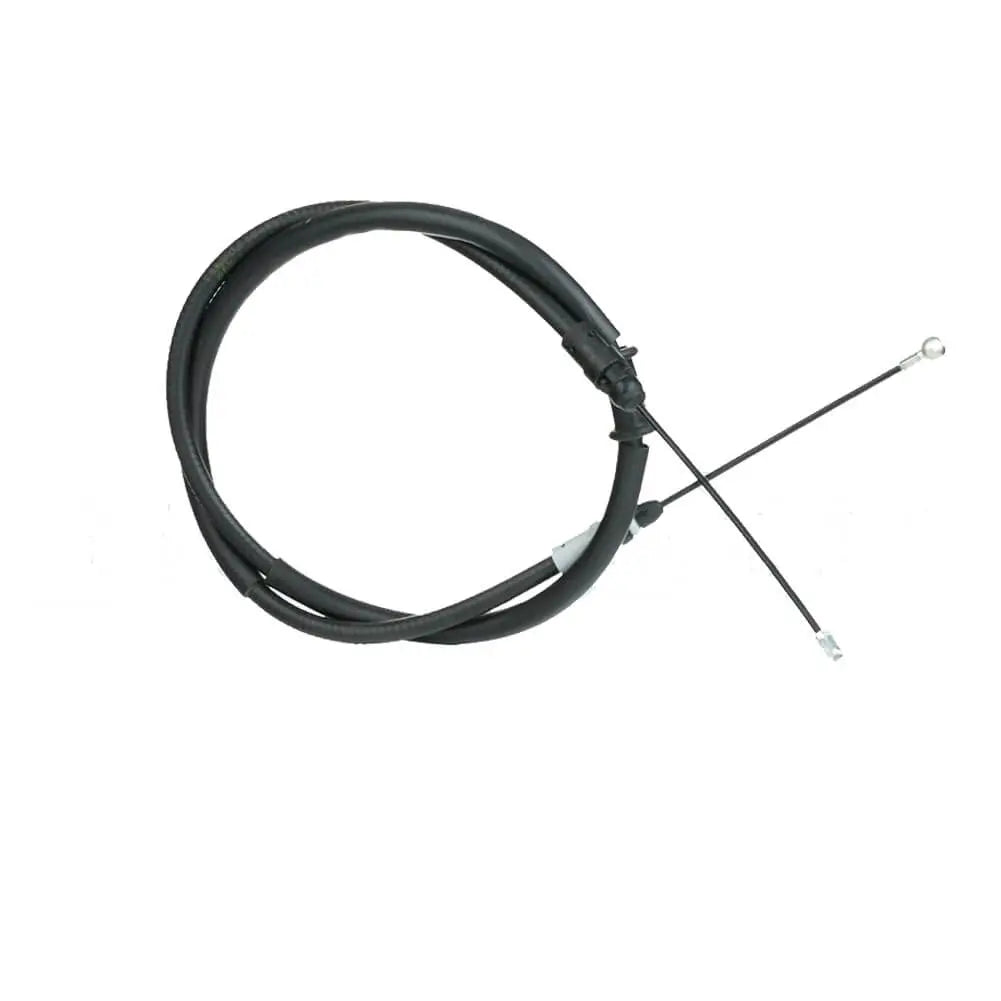
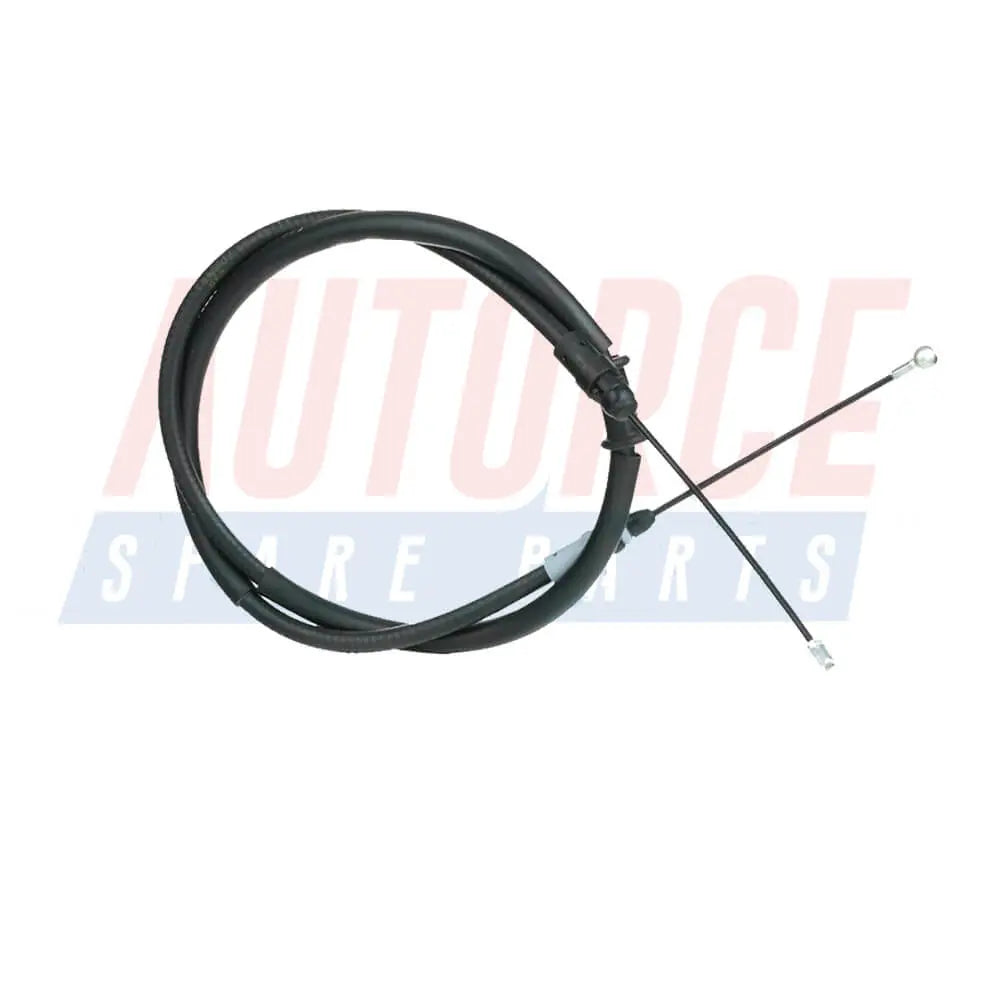
Rear Left / Right Handbrake Cable For VAUXHALL Movano - 93197706, 8200727569
Sale price£14.90
No reviews
In stock

Rear Left / Right Handbrake Cable For Opel Movano - 4419612, 93197706
Sale price£14.90
No reviews
In stock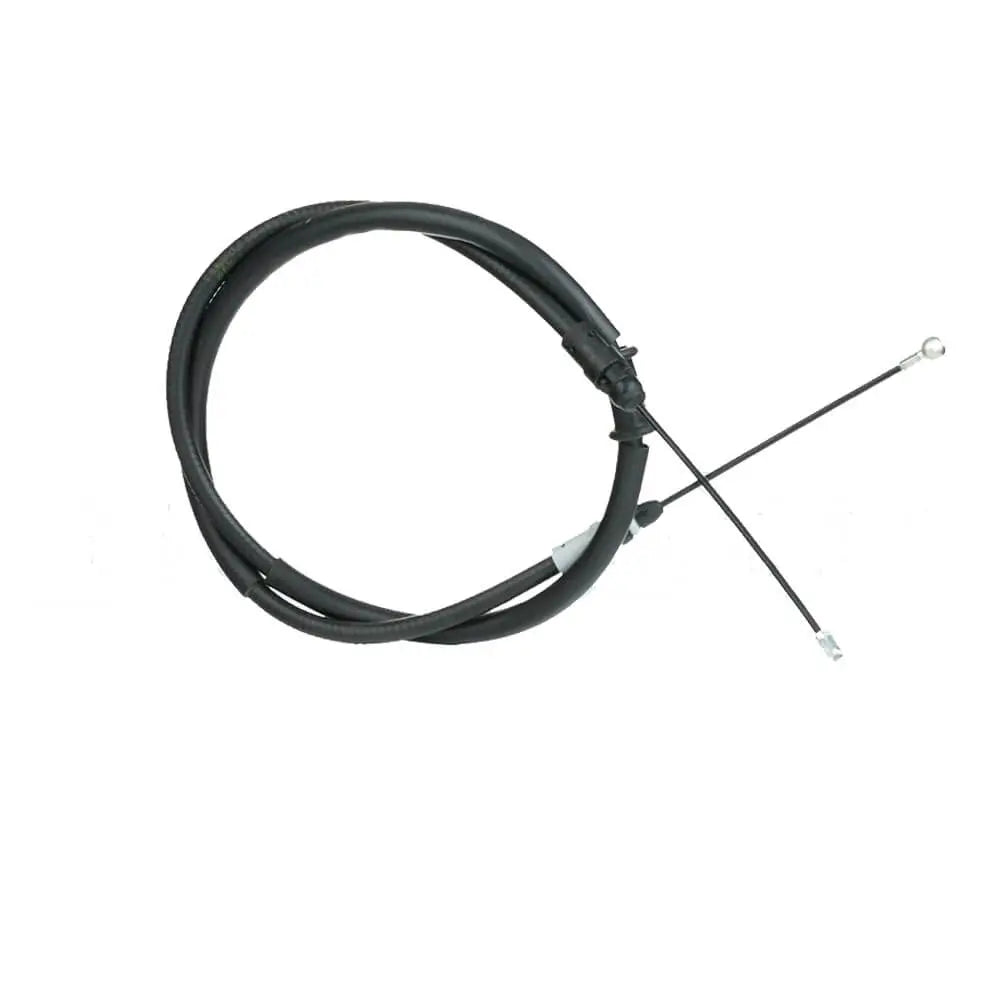
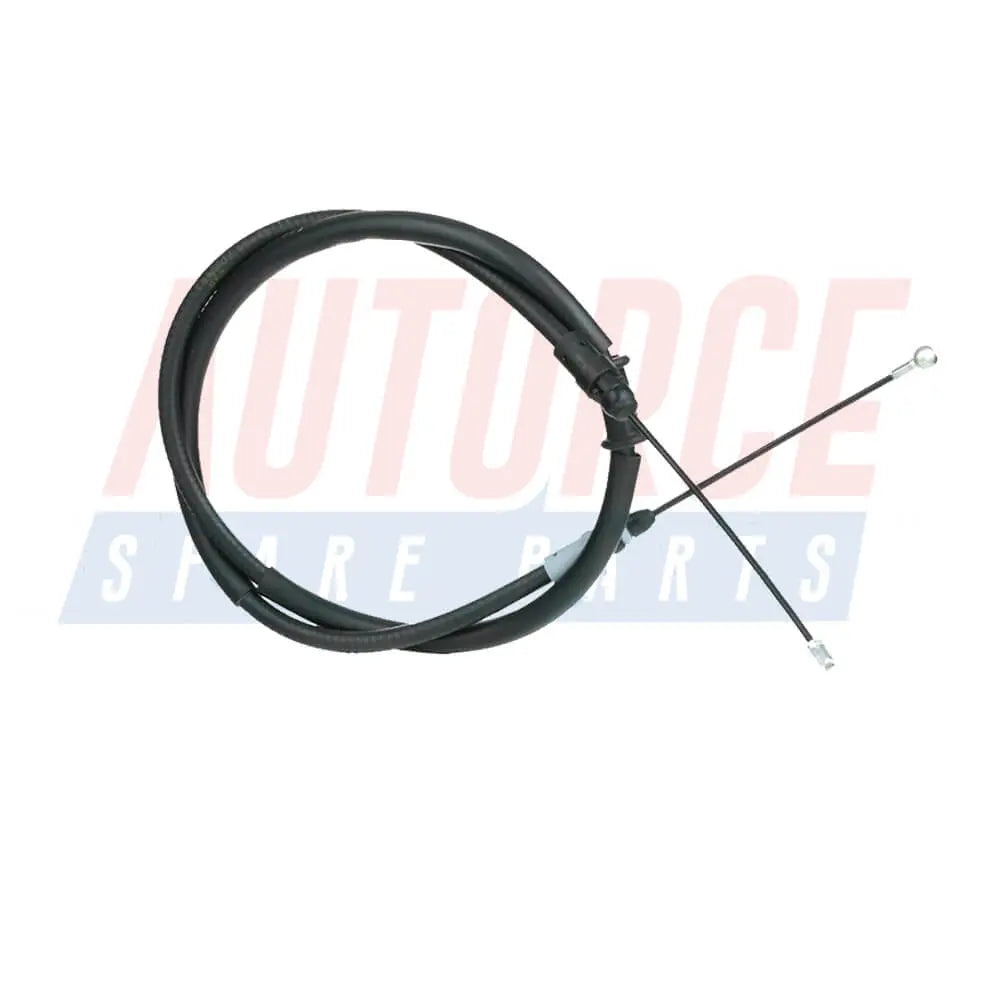
Rear Left / Right Handbrake Cable For Renault Master (2010 - onwards) - 8200727569, 8200 727 569
Sale price£14.90
No reviews
In stock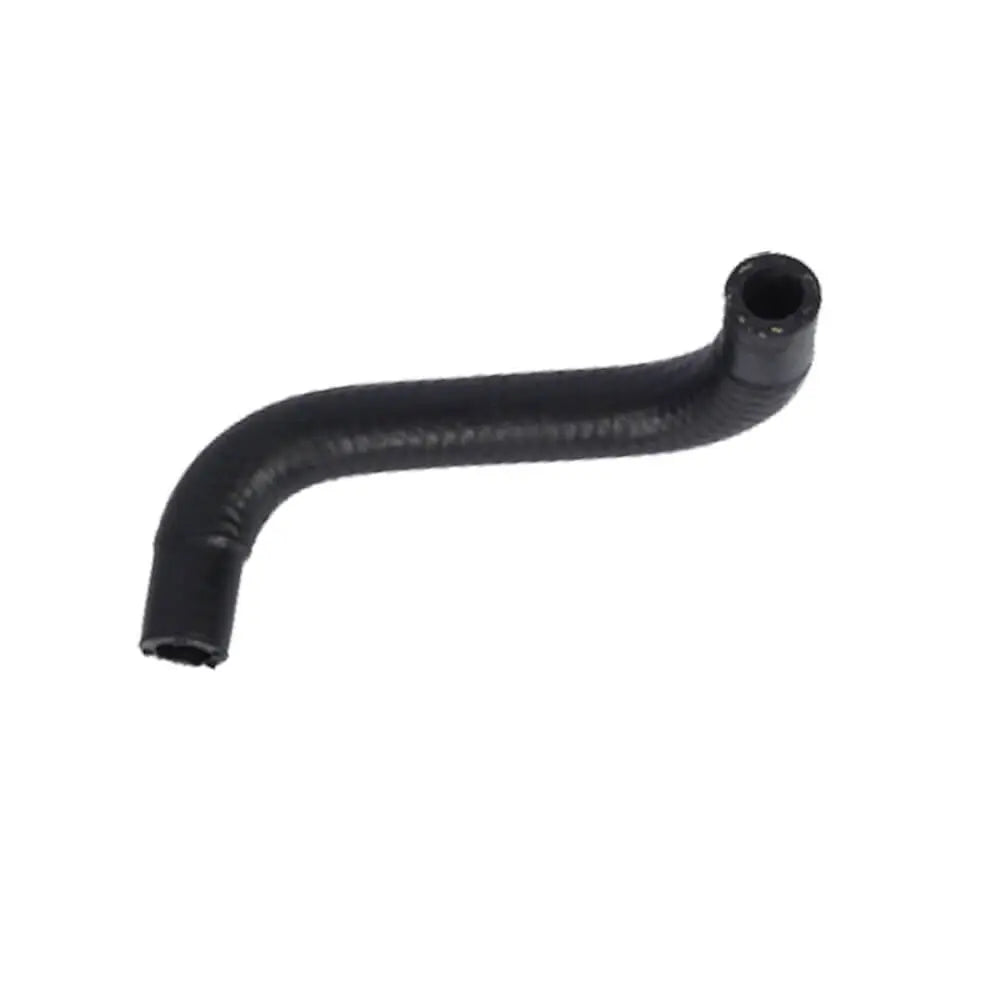
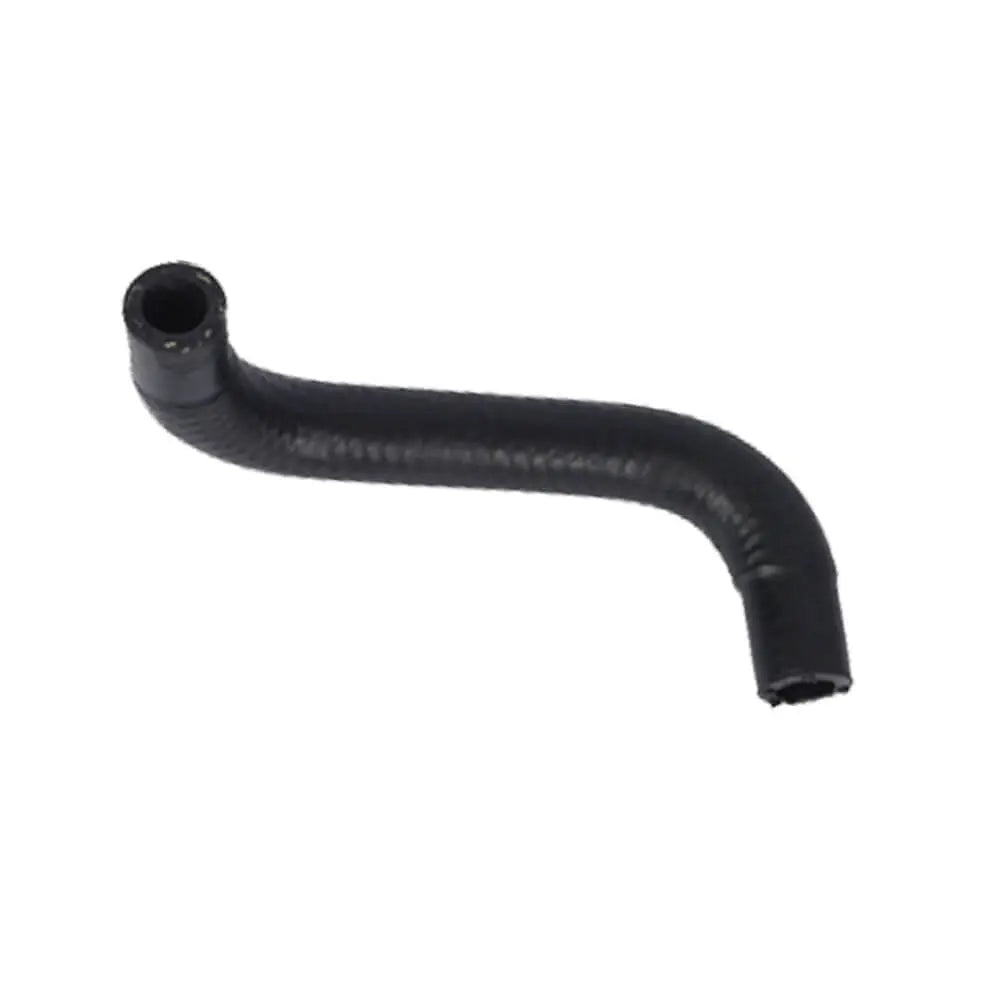
Brake System Vacuum Oil Pump Hose Pipe For Ford Transit 2.5 DI (1991 - 1994) 864F2L334CA, 6182061
Sale price£9.99
No reviews
Hurry! Stock running out!
Filters (0)


